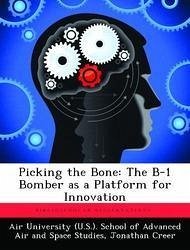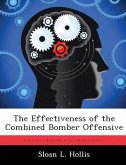In the early 1990s, the United States Air Force envisioned the need to change the mission and technological capabilities of its strategic nuclear bomber, the B 1B. The result was transformational. This study uses Stephen P. Rosen's theoretical model of military innovation to explain how the B 1 weapon system, one of the United States' long-range bombers, transformed into an effective weapon system for irregular war within the context of the Global War on Terror (GWOT). The B 1's transformation was organizational, cultural, and technological. As a result, a weapon system designed as a nuclear bomber changed into an effective conventional platform and then again into a platform successful in supporting irregular warfare. The study provides a contemporary case study of military innovation tested against the theory of Rosen's intra-service military innovation model. It intends to better understand and document what enabled and what inhibited the transformation of the B 1 weapon system during the relative peacetime environment of the 1990s and during the wartime setting after 2001.
Hinweis: Dieser Artikel kann nur an eine deutsche Lieferadresse ausgeliefert werden.
Hinweis: Dieser Artikel kann nur an eine deutsche Lieferadresse ausgeliefert werden.








